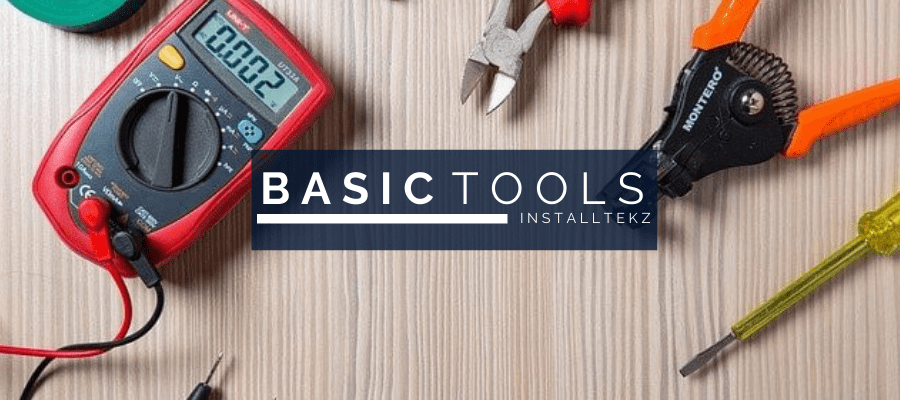The first 8 items in this list of basic hand tools for electronics are geared around soldering.
Although it is possible to build electronics projects without any soldering, nothing beats a good, solid connection to soldering component joints.
Soldering is a skill that you will develop over time and it will take lots of patients and practice.
If you’re starting an electronics hobby or looking to create IoT or robotic projects then make sure you have the following tools in your toolbox:
